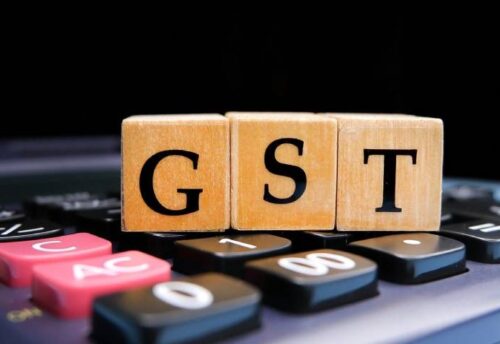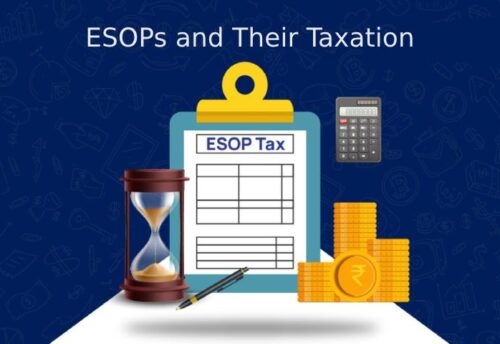
- 17/03/2025
- MyFinanceGyan
- 178 Views
- 3 Likes
- Tax
How to Calculate Income from Let-Out House Property?
If you own a residential or commercial property and rent it out, you must declare the rental income under “Income from House Property” in your income tax return. But how much tax do you need to pay on this rental income from a let-out house property? The Income Tax Act provides a structured formula for this calculation, which may seem complex at first. However, this guide will break it down into simple, easy-to-follow steps.
What is Let-Out House Property?
Let-out property refers to any residential or commercial space rented out for a certain period in exchange for rent. This can be for the entire year or part of the year. A property that remains vacant or is used for purposes other than earning rental income is classified as a deemed let-out property.
Key Components of the Calculation:
Annual Value:
The Annual Value of a property determines the taxable income from house property. It consists of:
- Gross Annual Value (GAV): The higher of actual rent received or the fair market rent. Even if the property remains vacant, the expected rent is considered for taxation.
- Net Annual Value (NAV): Derived by deducting municipal taxes paid from the Gross Annual Value (GAV).
Municipal Taxes:
Municipal taxes are property taxes paid to the local municipal authority. These can be deducted from GAV to arrive at NAV, provided the owner has paid them. This deduction applies to both old and new tax regimes.
Standard Deduction:
A fixed deduction of 30% of NAV is allowed to cover maintenance expenses. This is applicable under both old and new tax regimes, regardless of actual expenses incurred.
Interest on Home Loan:
Interest paid on a loan taken for purchasing, constructing, or renovating a house can be claimed as a deduction. There is no upper limit on this deduction for let-out properties under both tax regimes.
Principal Repayment:
Under the old tax regime, a deduction of up to ₹1.5 lakh per annum is allowed under Section 80C. This deduction is not available under the new tax regime.
Loss Set-Off & Carry-Forward:
- Under the old tax regime, losses from house property can be set off against other income sources (e.g., salary, business income) up to ₹2 lakh per annum.
- Losses exceeding ₹2 lakh can be carried forward for up to 8 years and set off against future house property income.
- The new tax regime does not allow loss set-off or carry-forward.
Step-by-Step Guide to Calculating Income from Let-Out Property:
Step 1: Determine Gross Annual Value (GAV):
This is the total rent received in a year.
Step 2: Deduct Municipal Taxes:
NAV = GAV – Municipal Taxes
Step 3: Apply Standard Deduction:
Standard Deduction = 30% of NAV
Step 4: Deduct Interest on Home Loan:
Step 5: Calculate Income from House Property:
Income = NAV – Standard Deduction – Interest on Home Loan
Case Scenario: Income Calculation (Old Tax Regime):
Example: Mr. Anil Shah owns a residential flat in Mumbai, rented out since April 2024. He financed the property with a home loan and needs to calculate his taxable income for FY 2024-25.
- Monthly Rent: ₹30,000
- Annual Rent: ₹3,60,000 (₹30,000 × 12 months)
- Municipal Taxes Paid: ₹15,000
- Interest on Home Loan: ₹3,50,000
Calculation:
- Gross Annual Value (GAV) = ₹3,60,000
- Net Annual Value (NAV) = GAV – Municipal Taxes
- NAV = ₹3,60,000 – ₹15,000 = ₹3,45,000
- Standard Deduction (30% of NAV) = ₹1,03,500
- Income before Interest Deduction = ₹3,45,000 – ₹1,03,500 = ₹2,41,500
- Net Income from Let-Out Property = ₹2,41,500 – ₹3,50,000 = -₹1,08,500 (Loss)
Since this results in a loss, Anil can carry forward ₹1,08,500 for the next 8 years to set off against future rental income.
Conclusion:
Understanding how to calculate income from a let-out property allows you to maximize available deductions and reduce tax liability. Keeping accurate records of payments and deductions ensures smooth tax compliance. Aligning this strategy with your broader financial plans is key — understanding financial goals helps you make informed decisions and improve overall financial health.
Note: This article is for educational purposes only and does not provide specific product recommendations.



